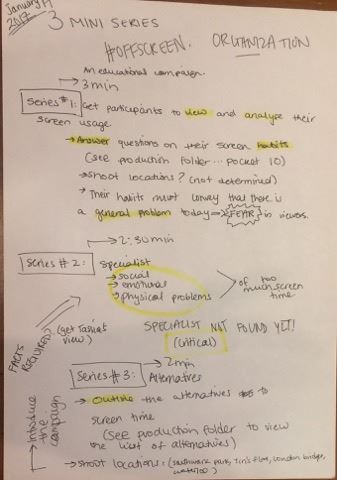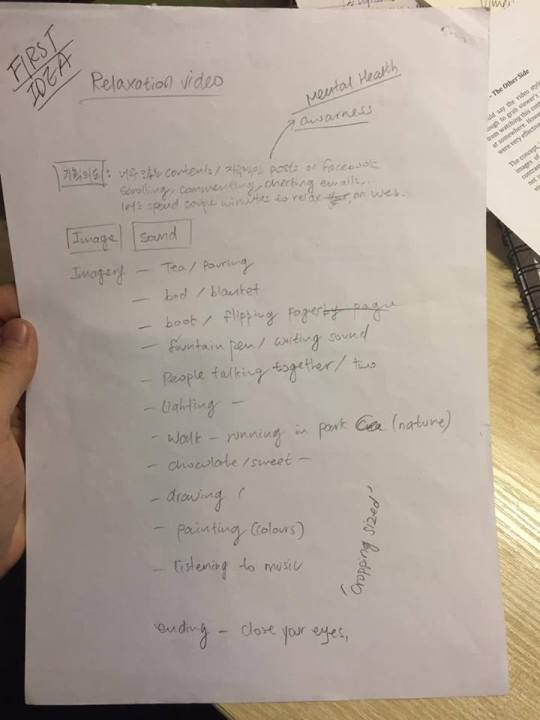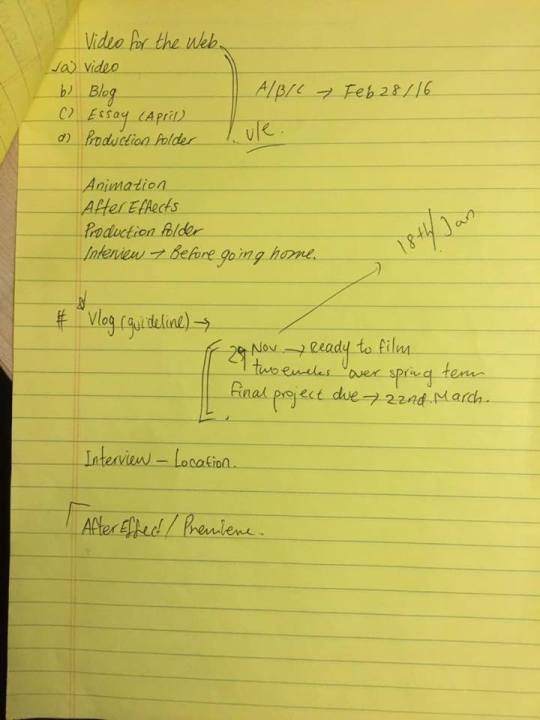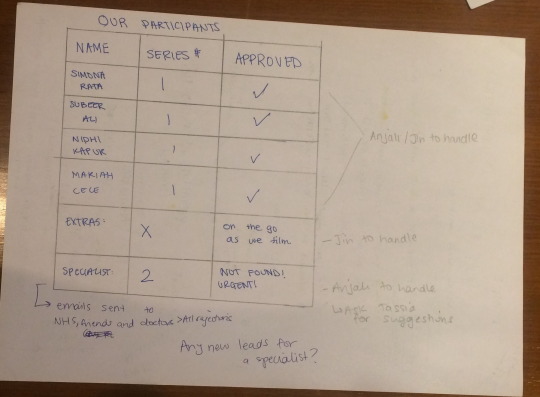#this set really does highlight the difference in shooting styles and colour grading between these shows
Text













gif request | Anonymous asked: Can you please make a FirstKhaotung best kisses gifset?
#firstkhao#akkayan#sandray#the eclipse#our skyy 2#only friends the series#ofts#asianlgbtqdramas#boyslovesource#userjamiec#tuserrowan#userbon#tuserhidden#tusersilence#esmetracks#fordaniseyes#my gifs#my edits#gif requests#mine: only friends#mine: the eclipse#mine: akkayan#mine: sandray#mine: firstkhao#this could've been twice as long btw#i limited myself to 4 each show (ignore the fact there are 5 for ofts lollll)#i wasn't nixing the cheek kiss damn it#these are just my favs but they're also the best so i guess it works#i did take out the real first kiss from eclipse because controversially i haaaate the colouring i'm sorry#this set really does highlight the difference in shooting styles and colour grading between these shows
492 notes
·
View notes
Text
June 28 2020
MAKING MULTIPLE INSTAGRAM ACCOUNTS OR GROWING THE ONE I HAVE?
Trying to grow your instagram account is not an easy thing to do. I’ve found the usual advice with promises of expanded following, farther reach, more interaction, and all that fun stuff. I’m going to compare what I’ve been doing to the things I’ve leaned this week and then overview what I’m going to change about how I use instagram. But, before we do, let’s backtrack a little bit and quickly go over the things I’ve leaned this week: the basic stages of instagram and what you should be doing in each one.
Starting
Establishing
Growing and maintaining
Starting.
It’s exactly what it sounds like. You’re new to instagram and photography and you should be taking photos of everything and posting a little of everything until you find something you like.
Hashtags ## are another things you should be looking at in this stage: What tags work for you and different subject matter (e.g., nature, street, birds, food, etc.). I’m not going to get into hashtags in this because from what I know and have learned, Instagram’s algorithm seems to change every four months, making tagging information dated quite quickly. The only thing I will say is that you should split your tags between General and Specific tags. Basically, General tags are tags that have a hit count of over one million and Specific tags have a hit count of under one million.
Yes, there is a lot more to hashtags than just this, but to be honest, I’m still learning them myself. Sometimes they work, sometimes they don’t. The results vary and it can all be confusing. (If you want to read about my experience with tagging photos, let me know and I’ll make another post about it).
Establishing.
When you should start to establish yourself is up to you. I’ve been doing this for two years now and I think I’m just starting this phase. There are a few things professionals recommend to start doing during this time:
Make a posting schedule. This is the time and day you consistently post content (e.g., Monday at 10 a.m. and Thursday at 9 p.m.)
Theme and Style. This is the subject matter you post and how you colour grade it (e.g., Birds, nature, city streets, food etc.)
Branding. What do you do? What are you selling? Show your followers why they should be following you and why they should use your service.
Only post your best images. I think this one is a bit vague and kind of overused. If you’re selling yourself, you should always put your best foot forward. But keep it to what you’re selling! Your posts should relate to what you do. Anything else like personal posts should be put in your story and later in a highlight.
Engage with your audience. Before you post, let your audience know that you’re active and again after you post so when they comment and ask questions on your latest post, you’re right there to answer them.
Before and After shots & Behind the Scenes. This one isn’t for everyone, but if you do a lot of Photoshop work, you may want to have the finished image in front and then a swipe to see the raw/unedited file(s). Same with studio shots; consider a phone snap to show what your set up is like.
Be personal. If you’re trying to sell yourself, the client wants to know what kind of person they are hiring. So post some personal stuff to your Instagram stories. E.g., You with clients, social life, and pets. But don’t overdo it. Most people don’t want to go though fifty story photos of your life just to find today’s art post
Growing and Maintaining
What’s working and not working for you? If you are consistently posting twice a week and you’re finding that one day is not getting as much reach as the other day, then try changing it up. Instagram has a bunch of analytic tools for business and creative accounts including Audience View so you see what day your followers are most active and at what time (this does change all the time, so take it for what you will).
Trends & Mass Media. Giving the people what they want doesn’t mean you should be catering everything to your audience. Well, I mean yes, you should be, but you should also be posting what you like. If there’s a big news story or something is trending, try to post something that relates to it (e.g., sports, if your home team is doing well then post something about them)
Are you happy with what you're doing? If you answer yes, then continue to. If no, then you should take some time and reflect on what kind of content you are posting, and why you started taking photos and posting them to Instagram in the first place. If the answer is that you are unhappy because your following is small and you believe you are doing everything you can to increase it, then unfortunately this might be as big as your following gets. If you’re not happy with this, then you should once again reflect on why you started this journey in the first place. To express your self, promote your business, or just to get followers.
Now that I’ve summarized what I’ve learned form this week let’s compare it to what I actually do.
I consider myself to be in the establishing phase right now, but from the looks of it, I may still be a starter.
Schedule for posting. Not really. Right now I’m experimenting with sets of three posts that go along with my most recent YouTube video, but my following is also under 200 people right now so I’m not sure this is super important to me
Theme and Style. This is hard for me and why I’m considering making a second account. I don’t want to limit myself to just posting one thing and keeping a consistent style seams hard for someone that one day will shoot the city and shoot nature the next, and I know what you’re going to say “just colour grade it the same.” Again, personal problem: I like dark moody city posts and bright colourful nature posts and now I’m playing around with product photography and a lot of those are solid background colours (mostly white or black).
Only Your Best (Or the “bangers” if you’re hip on Instagram lingo). This is probably one I can start following more. Recently, I do feel like I have been posting only a few good photos out of the sets (remember I’m experimenting with sets of 3, and often with multiple images per post) so I could either make fewer posts with more images or at least make sure there is a great image in front of the other ones.
Before and After. This is something I’ve played around with in both posts and stories. Swipe to see before and again to see half edited and half raw, as well as trying a tap to edit for story highlights
Be personal. This is not something I’ve done very well, partly because my phone plan doesn’t have data so I can’t just post while I’m out and about taking photos and also because my day job is working on theatre and film props, which is not photography related at all and also full of NDAs (Non-Disclosure Agreements). I also have another account for this kind of stuff, so if anyone is really interested they can follow that.
I’m not even going to go into growing and maintaining because I don’t think I’m there yet. The only thing I can do right now is tailer some posts to the masses.
So what am I going to be doing? I still want to shoot everything because I like creating and I don’t want to limit myself to just one or two things. I will pick two days that I will post to my feed and if I want to share photos that I like but don’t have a place in my feed at that moment, they will just go in a story and maybe a highlight.
I’m also going to start keeping a consistent colour theme. It’s summer right now, so orange and yellow would be the proper colour to use.
I’m going to try this for four to six months and see what happens and after that, I may start a second account just for nature photos and the only reason I’m not starting one right now is because I feel like if I do, all I would be doing is mass postings or bombarding feeds with random quality posts since I don’t feel like I take enough great photos to be consistent. I’m also not travelling and you can only post so many photos of the same species of birds that live in your city, the few green spaces surrounded by tall buildings, or of the same local beaches.
Anyways if you made it this far thank you so much. You are awesome.
If you want to check out my work links below.
INSTAGRAM YOUTUBE
#photography#nature#macro#nature photography#macro photography#macrophotography#funguy photography#amature photography#toronto#digital photography#photo blog#photography blog#instagram#instagram help#post about instagram#hashtag game#grow your instagram#instagram growth#my experience#my thoughts#blog post
1 note
·
View note
Text
Pre Production: Everything You Need to Know About the Planning and Paperwork
The pre production phase of our project was where all the initial planning took place before the cameras started rolling. Jin and I found that the groundwork was extremely important in setting the overall vision of our film.
Locking Down on the Conceptual Idea (November 1 2016)
Jin’s initial pitch of her idea was to make a film which would delineate the big issue faced by teens and young adults in the 21st century of social media addiction. I had initially come up with a plan to make a mini series on comparative advertising however that fell through as nobody in my class wanted to do my idea so instead I decided to work with Jin. After much debate and planning, Jin and I decided to tweak her idea and instead of make a film on social media and Internet addiction we decided to do it on a broader topic of screen usage. Before locking down on exactly what our film would look like, Jin and I struggled to figure out what aspects of screen usage we would like to have in our film. Would we like to make it a story? Should we have statistics in our film? What sort of a flow would our series have? Finally, after much help from our teacher, we decided to split our three series into short yet effective sequences, that on a holistic level, depicted the issue of too much screen time.
Series 1: “What is the issue?”:
This series addressed and brought to light the issue of too much screen usage amongst teens and young adults. This series consisted of interviews with friends aged between 18-25 years of age, and they responded to questions answering what their screen usage is which ultimately brought to light just how “addicted” they really are.
Series 2: “A specialists view point”
The second series was on a specialist confirming the physical, emotional and social problems occur as a result of too much screen time. This gave our viewers a little insight into the actual damages done to ourselves when we are on the screen too much.
Series 3: “Digital detox/ alternatives”
The third series captured the alternatives to screen time and then introduced the ‘#offscreen’ campaign. The #offscreen campaign invited our viewers to take a selfie of themselves while deliberately doing an activity (or any of the alternatives suggested in series 3) that does not involve a screen and post it to social media using the tag: ’#offscreen’
Style and Artistic Approach
While the conceptual idea came together, Jin and I started to discuss what sort of style our video would have. After much thought, we looked online to see what sort of examples we could follow. Here are a few links that are worth watching in order to get a better understanding of the sort of look we were going for. We every now and then referred to these exact videos in order to mimic their styles.
1. Muji to relax:
youtube
The Muji brand is a retail company that sells a wide variety of household goods. This video was the first video that Jin and I watched and we fell in love with the artistic and visual aspects of the advert. These were the main aspects from this video that we wanted to imitate in our own film:
· The slow motion effect (done in post production)
· Over exposed shots
· Strong depth of focus
· Extreme color correction
· Appropriate music
After analysing the video we realised that most of theses looks would only be achieved during the postproduction part of the project in Premiere.
2. Your phone is now a refugee’s phone:
youtube
This striking film has some wonderful visual effects that bring to life how a refugee would use his or her phone. These were the main highlights of the video that we were hoping to use in our film:
· The on screen mobile phone that was used as part of the narrative
· The noises of the cellphone (vibrations, camera noises, text message alerts, phone calls, pings etc.)
· The strong colour grading
Just like the Muji video, we came to the conclusion that achieving most of this would only be done in the editing stage.
3. Buzzfeed: 33 questions white people have for white people:
youtube
Ultimately, the general style implemented across all buzzfeed videos were what Jin and I decided to go for. This video has certain elements that we were extremely keen on reproducing in our film:
· The motion graphics
· Bold on screen text
· Different angles of the interviews
· Consistent text and colours
· Strong and emphasised sound effects (comedic effect)
Once we had a set idea of the sort of style we wanted, it was time to move onto crew casting.

(Outline made just after finally deciding out main ideas for series 1,2 and 3)

(A few idea for series 3)

(Various tasks we had to complete)
Gathering Our Crew and Cast Members (December 6 2016)
After doing lots of research, we found out that teens and young adults aged between 18-25 are the most effected by screens today. Jin and I have a few friends in London who fall in that age group and who were willing to be participants in our film for series 1. We had prepared a list of questions for them to answer regarding their screen usage and had planned to film their responses. Our questions were strategically framed so that by the end of series 1, our viewers would get a sense of just how big an issue excessive screen time is.
For series 2 we needed a specialist who was ideally a doctor or a psychologist to explain in his or her words what the down sides are off too much screen time. This was honestly the toughest part of our pre production work. We got in touch with NHS facilities around London, psychologists from our university, friends who were still in medical school as well as private doctors we knew personally. We got rejection after rejection and the main reason was because these specialists and the clinic or hospital they work in, could possibly have been liable if they provided any miss information. Jin and I understood where they were coming from, but it was just extremely frustrating :( ! Despite the rejections, the other participants who we needed for series 1 were on board with our request to film them. We were now ready to shoot series 1!

(Table created confirming which of our participants were available)
Production Folder: My Learnings From Assembling all the Paperwork (January 10 2017)
My second biggest contribution other than some filming and editing was creating all the paperwork for the production folder. As listed in the previous post, the documents for the production folder came in handy during our shoot days. Compiling a production folder taught me the importance of the formalities of filmmaking. While the actual film itself was a large part of the main submission, the preliminary work of filling out paper work was what made the filming a lot easier. Coordinating and pre organising shoot locations, dates, and various other aspects made the entire filming process a breeze. If we had any issues while filming, or had authorities ask us if we had permission to film, we had all the answers in the production folder.
In second year the production folder that I made was not as extensive and detailed at this one. I was able to build up the skills to produce, what my partner and I think, is a semi professional production folder that could be used at industry level. What was so different to the production folder from the year before was the in-depth research we had to do before filling out any paperwork. While the pre production section of our production folder was mainly the conceptual development, in order to complete the production paperwork for the production section of the folder, we had to do vast amounts of research. Before completing any call sheets or filling out risk assessments, we had to do a complete recce of all our shoot locations and ensure that we were not going to be liable or injure anybody while filming. Jin and I took a day out to travel to Southwark Park, Canada Water, Landale House, parts of Goldsmiths campus, London bridge, Waterloo and Canary Wharf to do a little bit of filming as well as see if these locations were suitable locations for some of our main shots. Doing a recce allowed us to not only determine if these were safe areas to shoot but also gave us an opportunity to understand if we required any permission to shoot in these areas.
We had to also fill out insurance documents and a budget before starting to film. In the year before, I had not learned how to write a budget or fill out insurance documents so for me this was a huge learning. The purpose of writing a budget was to help us understand where exactly money would be allocated were we given a budget. In the industry, most film production companies are allocated a budget in which they must work with. Our teacher suggested that we look at BECTU rate cards to see how much a lighting person or a sound person would cost for a day in the industry and make a hypothetical budget for our film. Jin and I had no idea how expensive each unit would cost for pre production, production and postproduction and by doing a budget we familiarised ourselves with what sort of a spending plan film producers and directors work by.
Scroll down to read about filming and on set experiences...
0 notes